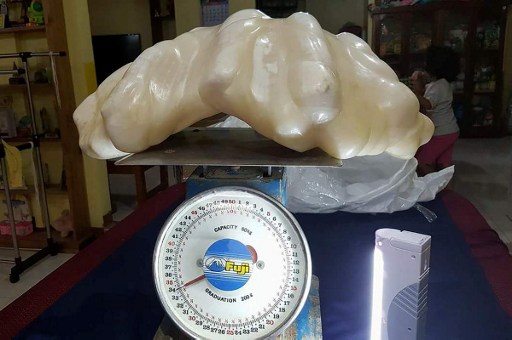Under the leadership of Professor Nabila Gaertner-Mazouni, a comprehensive and accessible guide has just been produced to facilitate pearl oyster farming in French Polynesia. This collaborative project, developed with numerous scientific partners, represents a major step forward in knowledge transfer to pearl farmers.
A marine ecology professor at the University of French Polynesia and researcher at the “Oceanic Island Ecosystems” Joint Research Unit (UMR-EIO), Gaertner-Mazouni explains the goal was to make scientific knowledge accessible and directly applicable in the field.
The result of several years’ work under the ANR-funded Polyperl research program, this guide celebrates collective effort while providing tangible feedback to pearl farmers who were actively involved in the research.
Structured around thirty practical fact sheets, the publication covers all essential aspects of pearl farming: industry overview, administrative procedures for becoming a producer, health monitoring, diving safety, waste management, oyster collection, pearl oyster cultivation, grafting (the key pearl production stage), and a socioeconomic analysis of the sector.
“We provide recommendations and clarify certain regulatory points, but without imposing obligations,” emphasizes Gaertner-Mazouni. Designed for all industry professionals, the guide will soon be distributed across the islands and presented to participants of the Pearl Forum opening today at Papeete’s CCISM.


